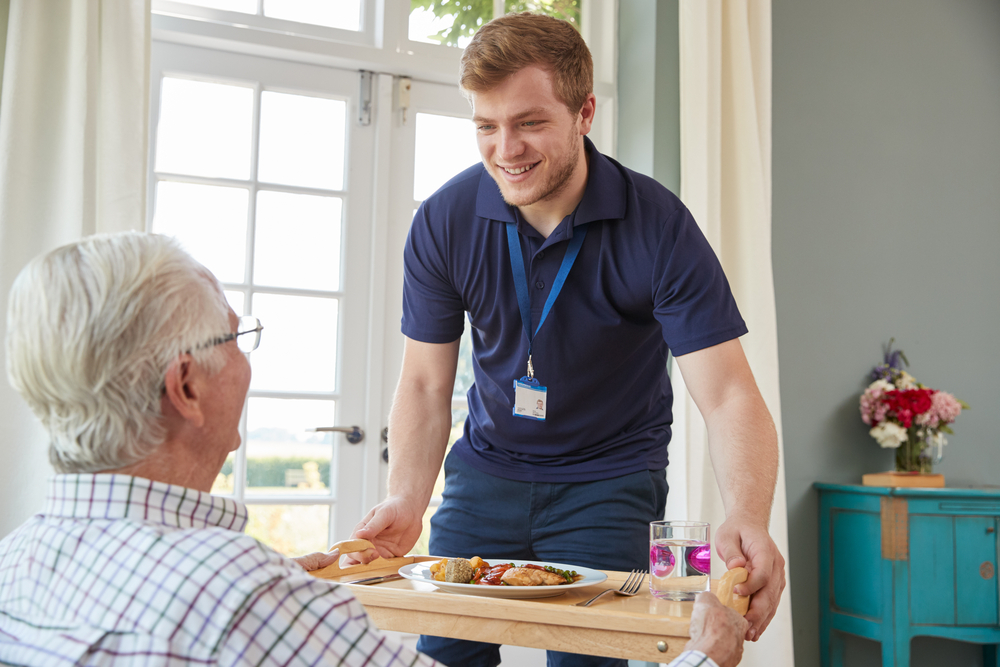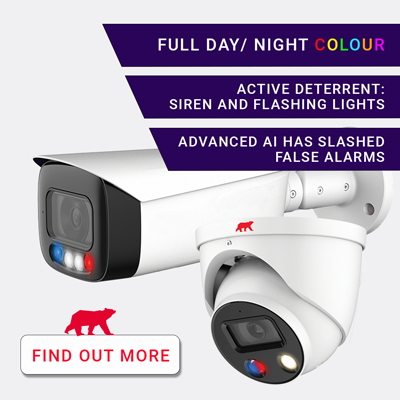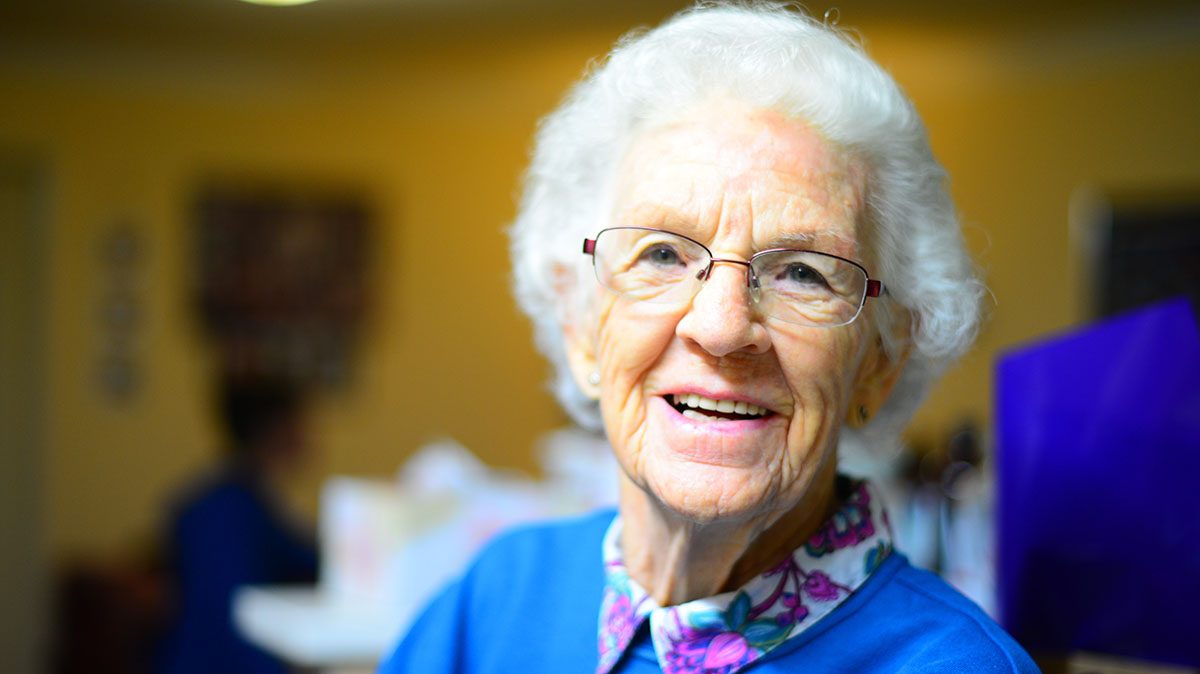

Blog
Safety monitoring: how it is vital in the care sector
Almas Team

Using surveillance and monitoring technologies in care home environments improves the quality of care provided and brings a level of transparency and reassurance for families and residents
Having had the pleasure of listening to Jayne Connery, founder of the charity Care Campaign for the Vulnerable, speak to us at Almas last week, it seems very relevant to revisit the topic of safety monitoring in care homes. Here at Almas we wholeheartedly support the campaign to make safety monitoring mandatory in all care homes in the UK. Let us explain why.
The sad state of care
There are around 360,000 registered care home beds in the UK. The vast majority of these beds are occupied by people with some form of dementia. The demand for care is increasing, yet the numbers of skilled care workers and nurses are in decline. Local authority funding budgets are constrained and CQC inspection resources are limited. The priority of any care home is to provide a consistently high standard of care, but in many cases, there are failures to do so. While no CEO or care home owner chooses to fail, they are often unaware of what is going on within their care home.
Care homes are more under media radar than ever as a result of the exposure of numerous cases of abuse. In 2016 Panorama went undercover at three care homes in Cornwall and found a distressing situation where residents were abused, untrained staff were asked to care for people suffering from dementia and drugs were given inappropriately. Since the numerous, deeply saddening cases of abuse have been reported on the Care Campaign for the Vulnerable website. It just goes to prove that managers and owners can’t have eyes on their business all day, every day.
We will all be old one day
That we live in a society where vulnerable, older people are abused in a place where they should be being cared for and feel safe, is a deeply distressful state of affairs. With life expectancy at an all-time high and more people than ever ending up alone in later life, we must act now to ensure that people who live within a care home environment are treated with respect and dignity.
Safeguarding cases highlight issues with the provision of food, treatment of residents and respect for personal space. In many cases neglect is preventable, but because of a lack of transparency or evidence, it is not always easy to get to the truth when something does go wrong.
Privacy and dignity
The extent to which the use of surveillance cameras in care homes is acceptable has been debated heavily in the media and Parliament. Supporters have welcomed it as a way of providing additional protection to vulnerable residents, but opponents point to the adverse implications for the privacy and dignity of residents, particularly if filming is proposed to include bedroom areas.
While it is unlikely to be lawful to monitor directly the intimate care of residents – unless the explicit consent of the resident or immediate family has first been obtained – there is a compelling argument for safety monitoring.
Why safety monitoring works
Safety monitoring works because:
- It aids in providing the right level of care
- Evidence can be gathered to support decision making when ‘incidents’ occur
- Protects staff wrongly accused of abuse/ theft and proactively supports them when safeguarding issues occur
- Provide evidence that can be used to target training to address visible short-comings when mistakes occur
- Provides total transparency for everyone
- Relationships between care homes and family members improve dramatically
- Families become ambassadors for the care provider
- In the longer term, commercial benefits, in terms of fee rate and occupancy levels
Two businesses which have both embraced safety monitoring have spoken openly about their positive experiences to Care Campaign for the Vulnerable. At the Marlbrook, Cambridgeshire, CCTV cameras were installed in communal areas as well as outside. Since its installation, it has become ‘part of everyday life’. Senior management uses it to capture snapshots of life at the home. Workers’ shifts are randomly audited, and interaction between staff and residents is monitored. It is used without hesitation when there has been a suspected incident.
At Zest Care Homes they wanted to know beyond a doubt that their service was of an acceptable standard every day. At Bramley Court, Birmingham they installed a CCTV system which has provided irrefutable evidence of events that would never have been discovered otherwise. Material changes have been made to staff positioning, the user of mobile phones, presentation of food etc., as a direct result of the feedback provided by the CCTV system. Significant events have all been noted and addressed immediately.
Transparency for everyone
Safety monitoring could bring about a significant reduction in abuse incidences yet not every care home has considered its effectiveness. This is because it is often seen as intrusive. Staff have argued that they would ‘constantly be watched’. Yet CCTV is everywhere in our modern lives: you will have probably been filmed today as soon as you got into your car, entered a car park or ridden on the tube or a bus. Without this filming crime would certainly be worse than it is and of course, if you are ever a victim of crime, CCTV is the first place that you will turn to in order to obtain evidence. Likewise, in a case of wrongful accusation, staff would be relieved that evidence existed to exonerate them quickly, without lengthy suspensions or investigation.
What we need to understand is that CCTV does not make any of us into criminals just by its presence. It actually increases feelings of safety and security. If we can see this, then we see how powerful it can be in making life better for everyone.
With public trust at an all-time low in the care home sector, it is time that technology was used that permits greater transparency, improves the lives of residents, protects staff and residents and brings about a reduction in the number of incidences of abuse. Safety monitoring systems provide visual and audible evidence which can allow care homes to manage risks appropriately.
People say Yes
A survey by CCTV provider Care Protect found that 93% of people back the installation of CCTV in care homes. Care Protect found “irrefutable proof that using surveillance and monitoring technologies in care home environments improves the quality of care provided and brings a level of transparency and reassurance for families and residents”.
Safety monitoring encourages and promotes respect of the individual and act as a deterrent for the hobby abuser. It does not replace the recruitment of well-qualified staff, their on-going training and care frameworks which are both flexible and client-focused, but it is an essential tool in the safeguarding toolbox.
Safety monitoring is a powerful tool in helping to enhance lives – it’s time to embrace it
Almas Industries are a supporter of the Care Campaign for the Vulnerable and we’ve been protecting care settings for over 17 years. We are an ethical company that loves to work with conscientious customers. Let us help your business to become transparent and open through the use of safety monitoring. We can help you with all aspects of creating a system that meets your requirements. You can arrange your free, no obligation security survey by calling us on 0333 567 66 77 (UK) or 016833368 (IRE). If you prefer, you can always send a confidential email via [email protected]







